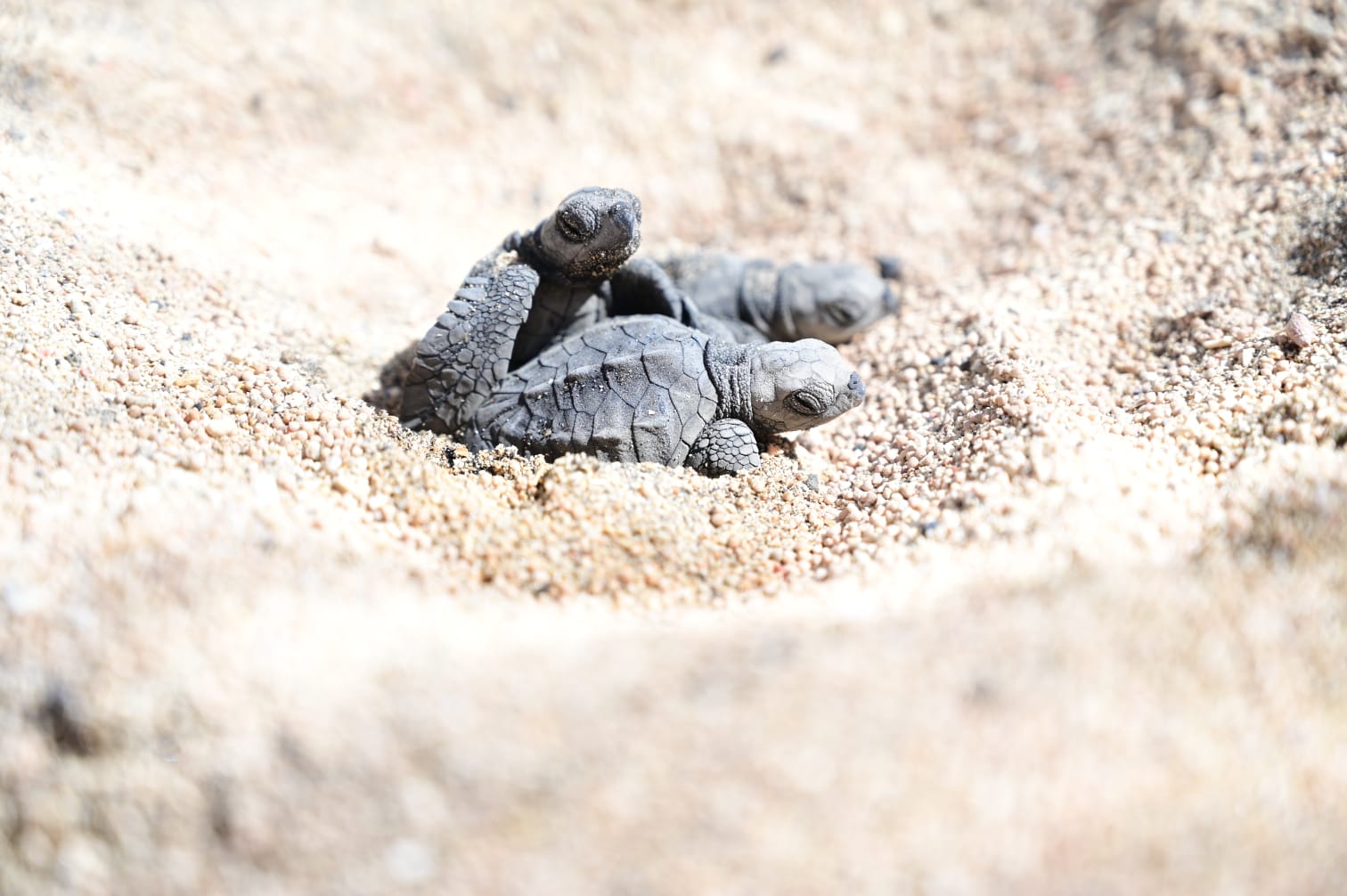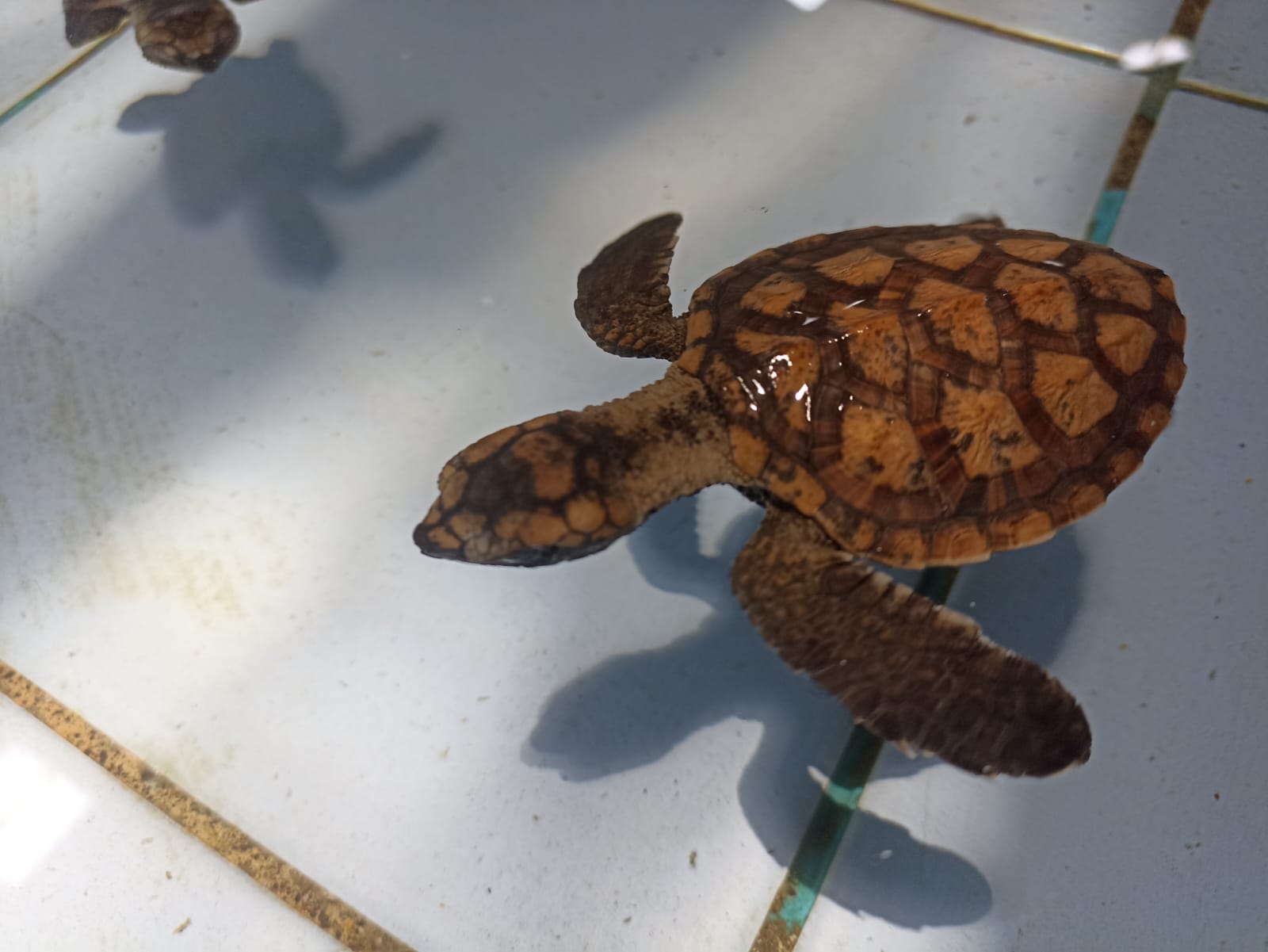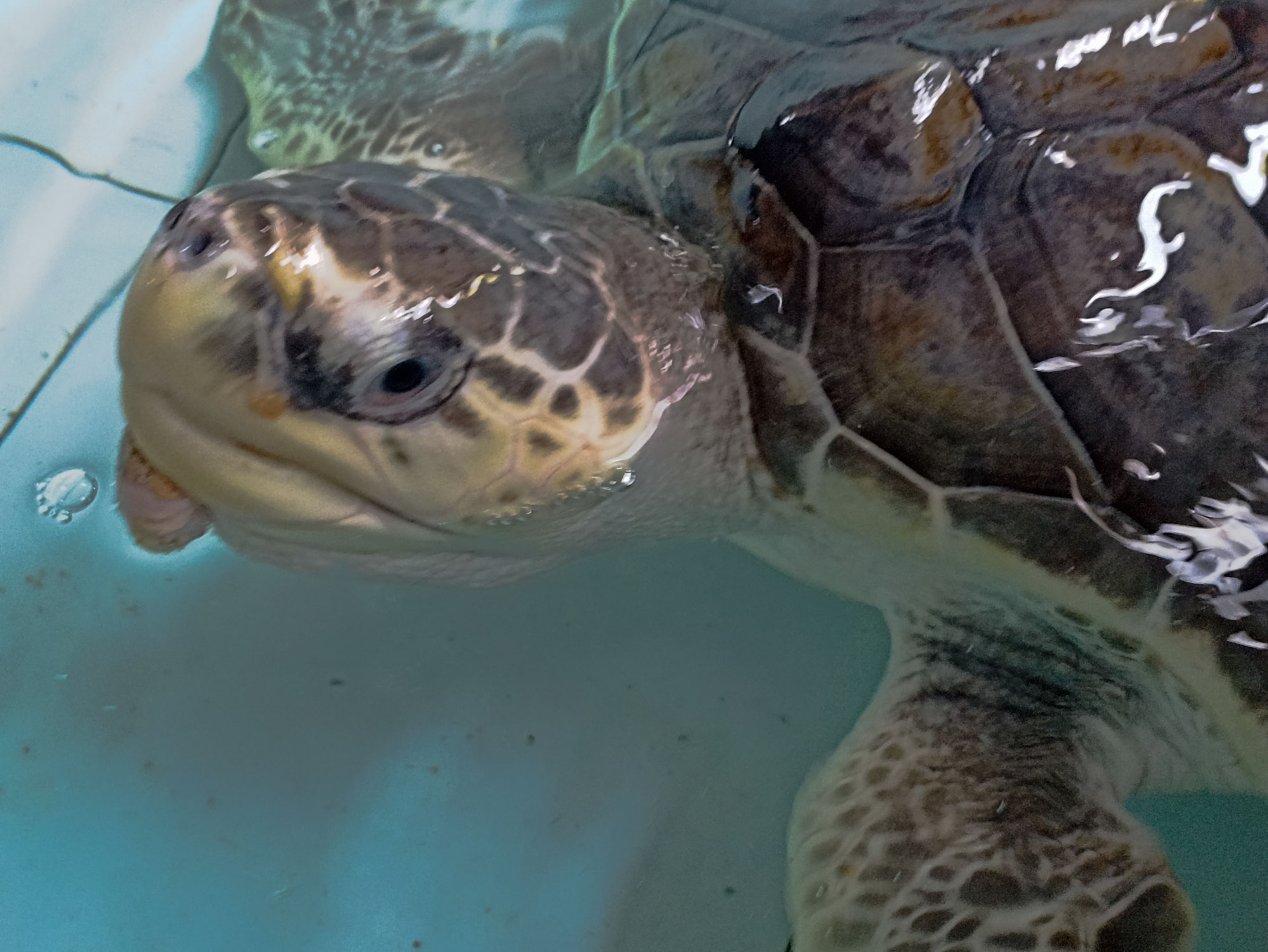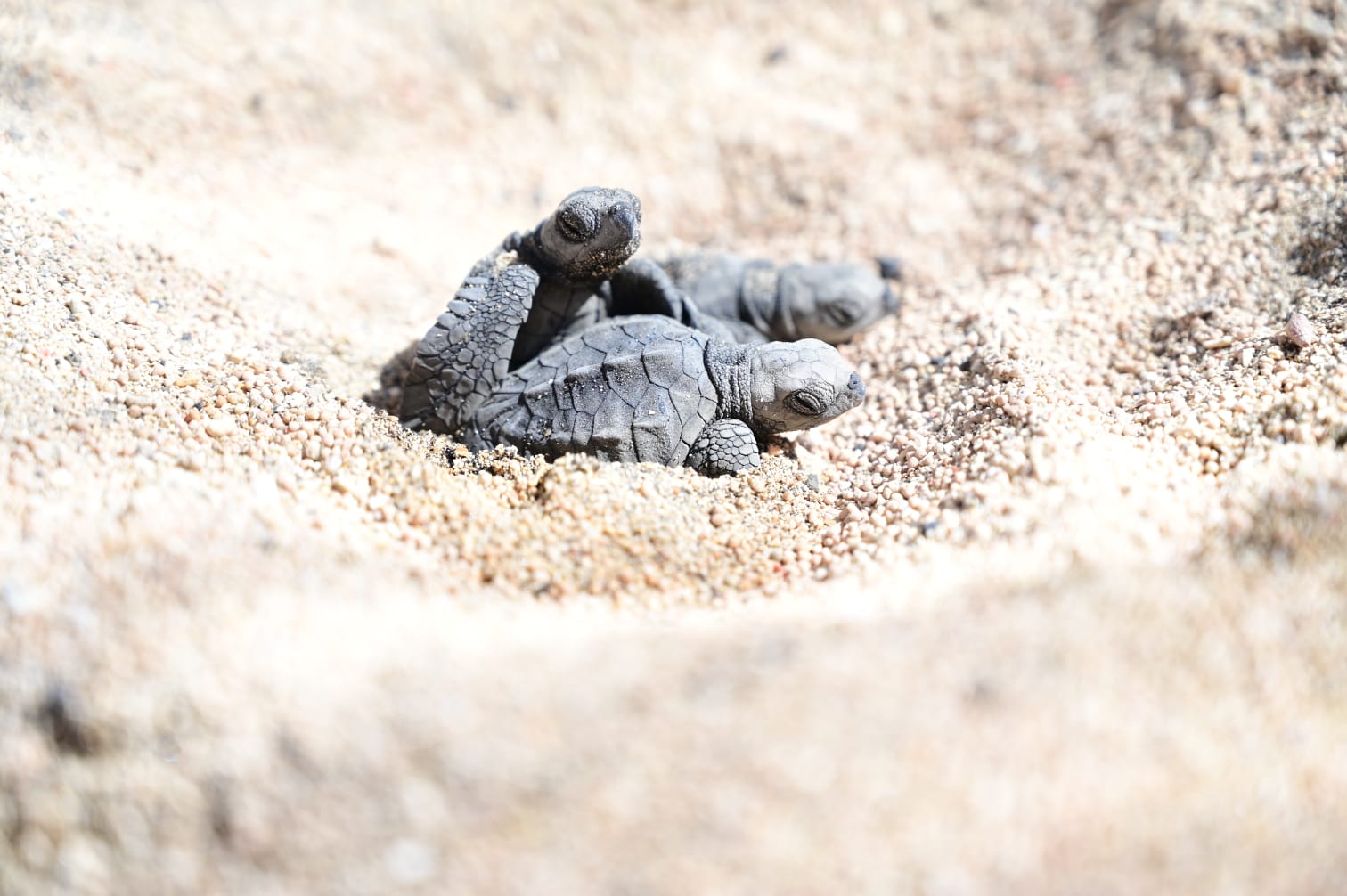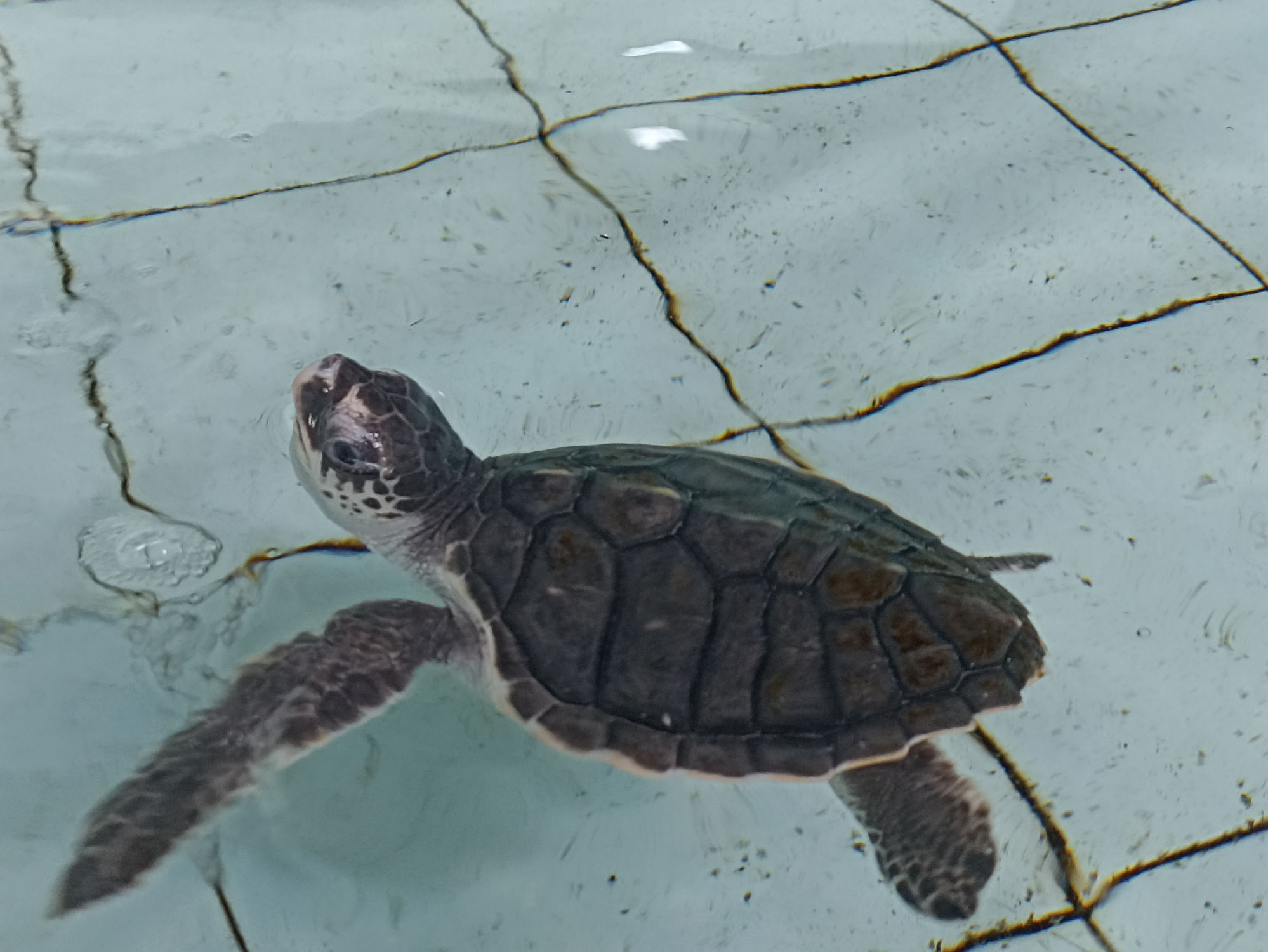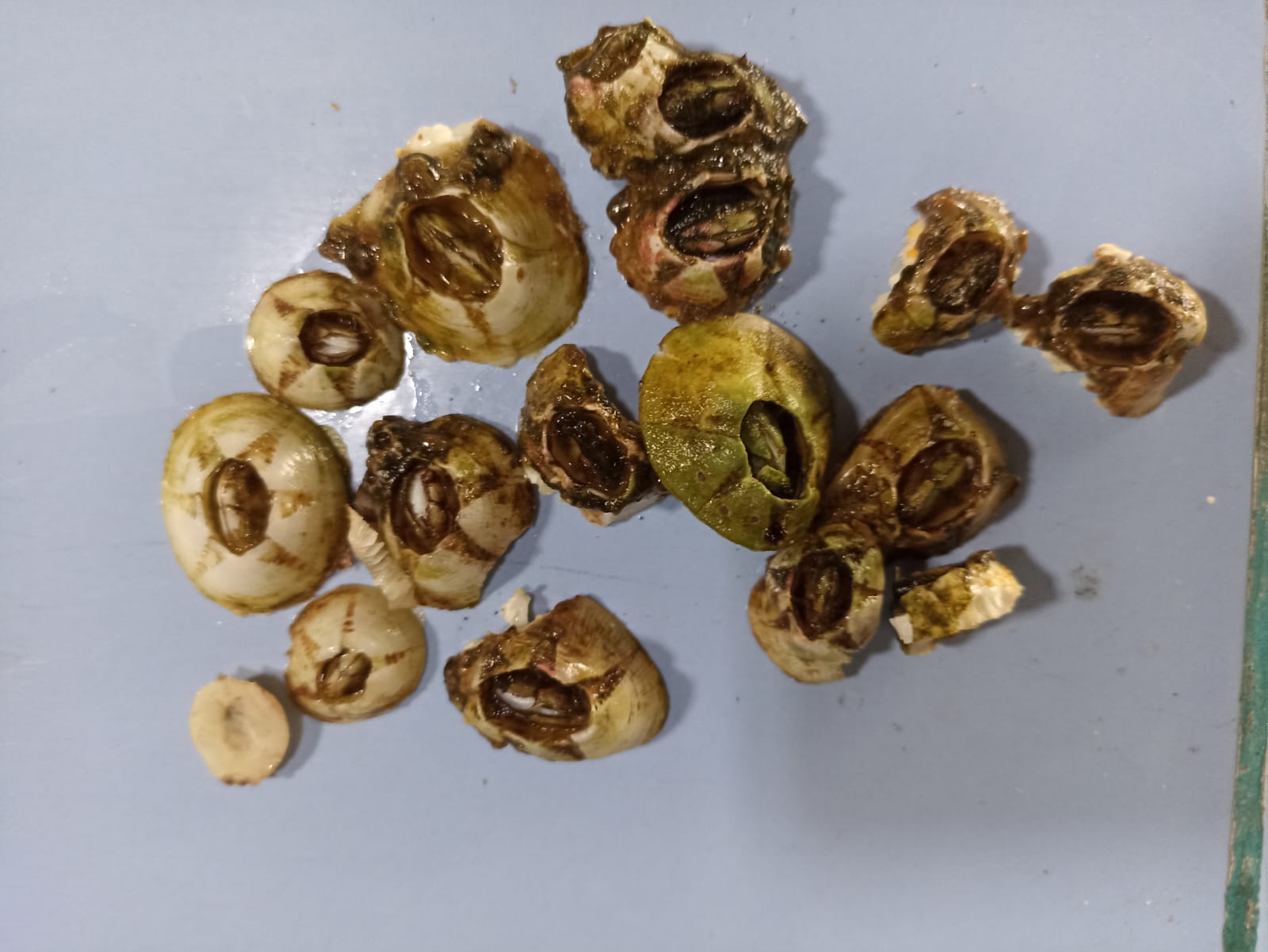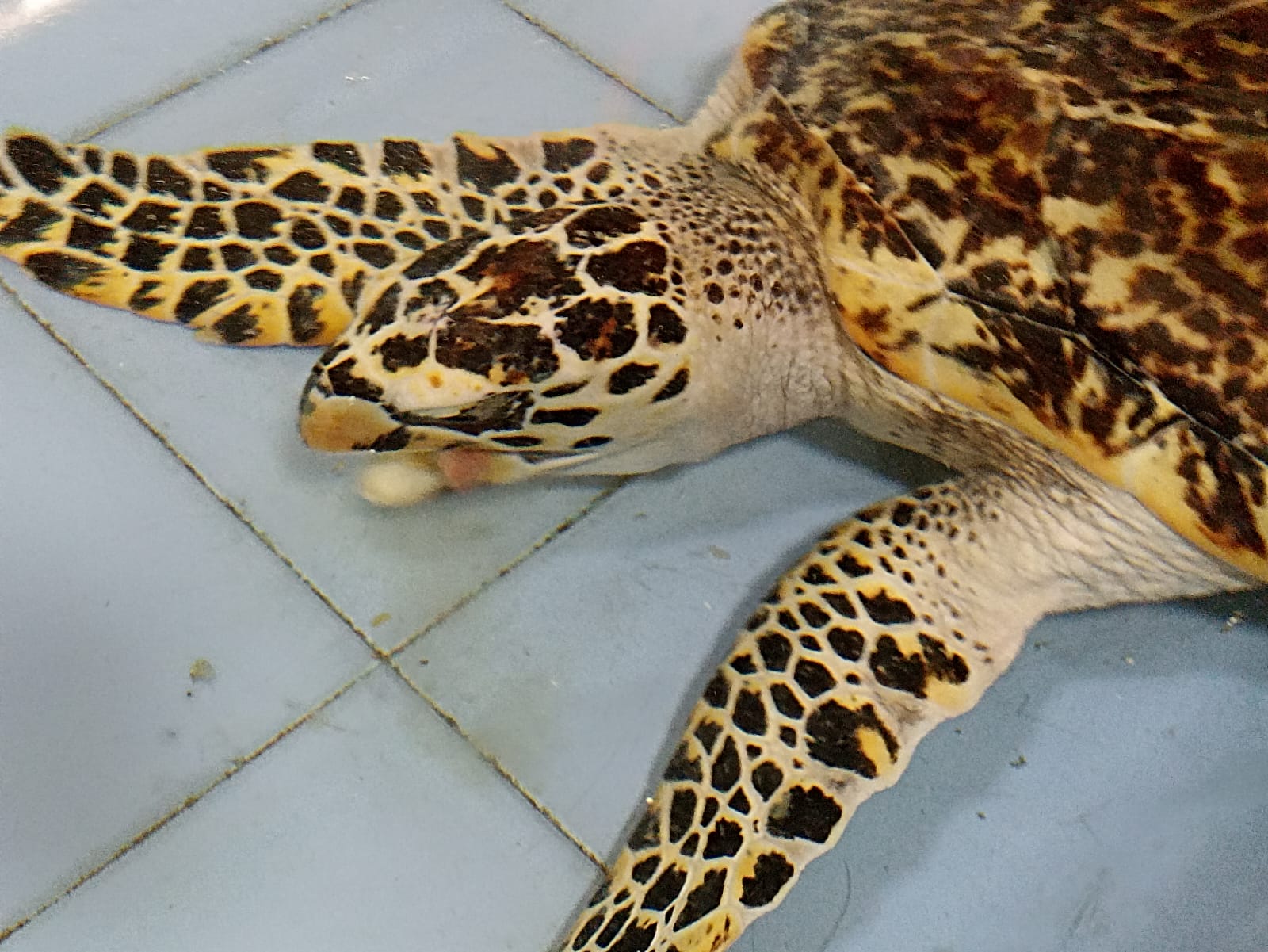Turtle conservation · 07. April 2025
The sea turtle are live into ocean but we still wondering where they go to get survive, as we know , the ocean is a place for sea turtle to continue up their life on long journey migration on their circles live from generation to generation face numerous challenges as the make Their way from nest to the sea.
Turtle conservation · 10. March 2025
Sea turtle play vital role maintaining health of our ocean as our ecology Sistem to keep the ocean healthy
Turtle conservation · 13. February 2025
Turtle are consider of the most peaceful creature, unlike human, they do not have feeling happy pr sadness.
on their habitat their experience to teach them to find their interactive
Turtle conservation · 30. September 2024
Bali has beach line as destination not only for tourist also being a place for turtle migration point on turtle nesting season which they choose on their processing to lay their eggs and make their nest
Turtle conservation · 08. August 2024
When your baby turtles cannot release themselves from the obstacle, they become restless and lose air at a higher rate than usual. This increases their chances of drowning
Turtle conservation · 11. April 2024
Turtle lay their eggs clutch of eggs about three to six after mating after the mating proscess, the female turtle prepare a nest on land
16. March 2024
Turtle have backbones because they have vertebrae. Unlike humans and other animals with backbones, the backbone of turtles is comprised of two part; the shell that form an exoskeleton and bony endoskeleton. The shell in turtles is very thought and is fuse with the spine and rib cage.
Turtle conservation · 03. February 2024
Turtles usually float in the water because of digestive problems such as gas. Gas pools that are not severe problems that turtles can easily handle. However, turtles also float due to respiratory problems. This leads to pneumonia which is the cause of the turtle's abnormality of floating in water.
Turtle conservation · 16. January 2024
Barnacles stick to the surface of the turtle's shell because they have a hard surface to bind and reproduce, one barnacle does not harm the turtle, however, excessive barnacles make it inactive, affect vision, make it difficult to eat, sometimes make the turtle's shell infected.
Turtle conservation · 04. December 2023
Turtle eat jellyfish because they are omnivore, which means they eat both plants and animals. In the wild it easy for turtles to catch jellyfish because they move very slowly in the water. That is why, if a hungry turtle comes across a jellyfish, it won’t hesistate to swim up to it and eat it.

